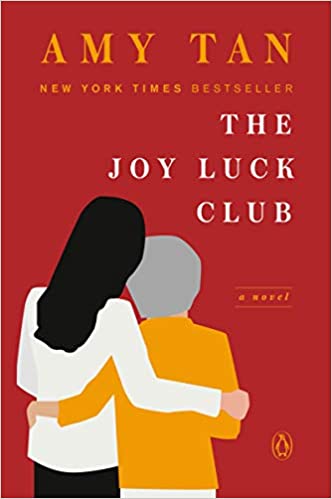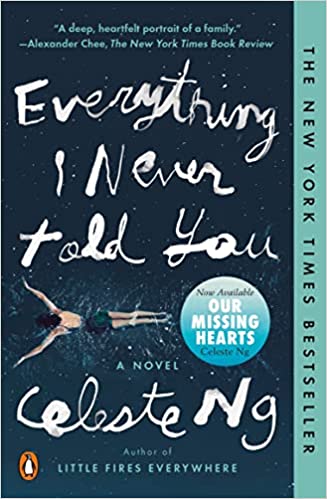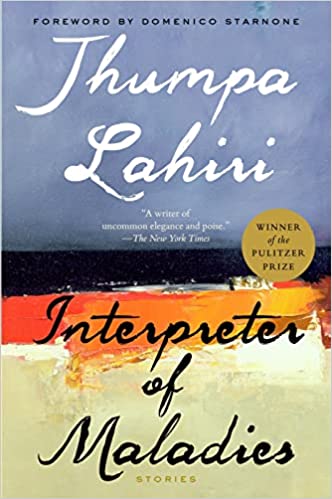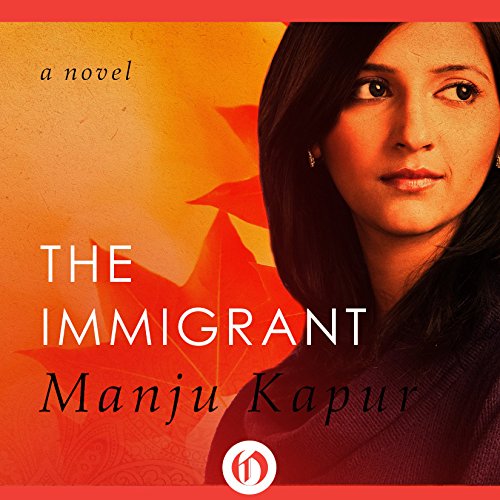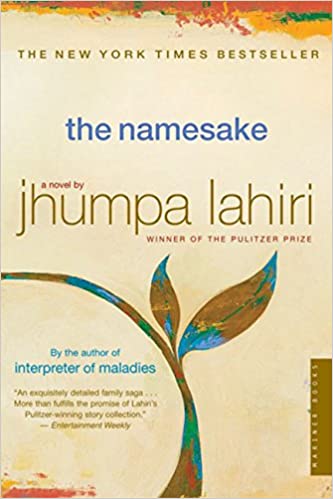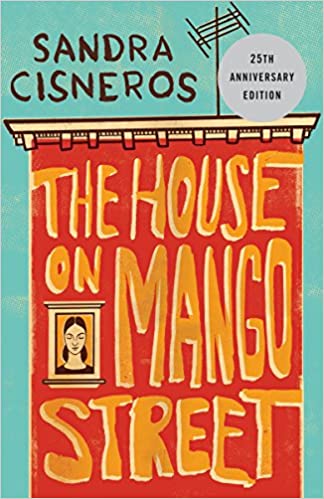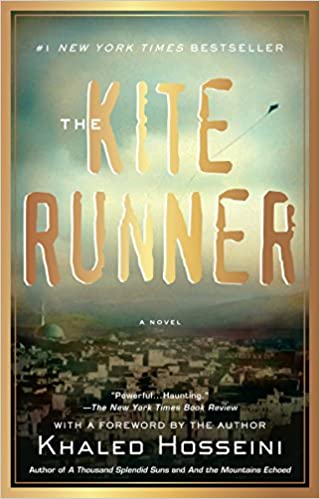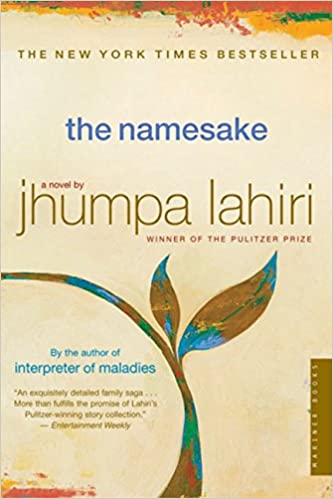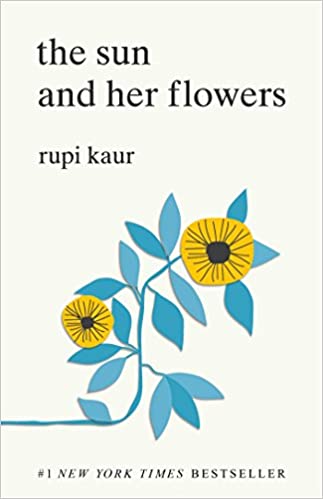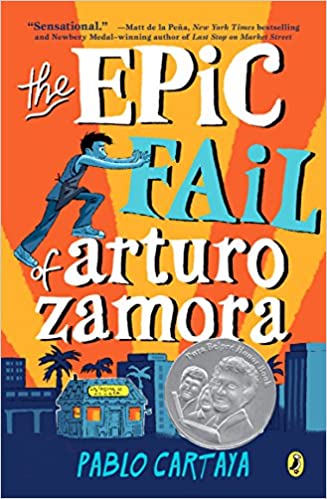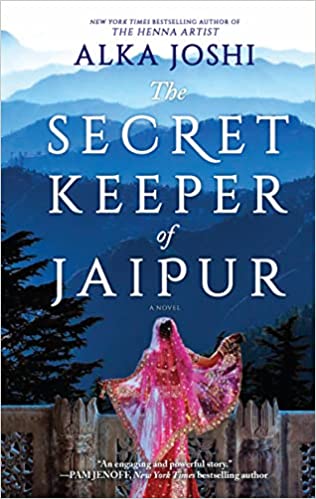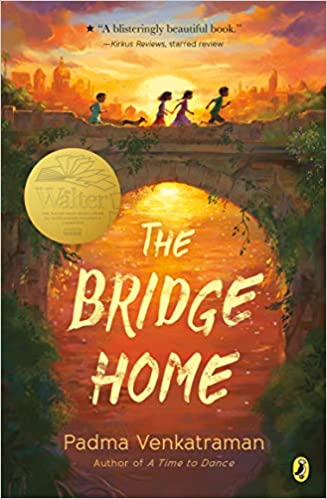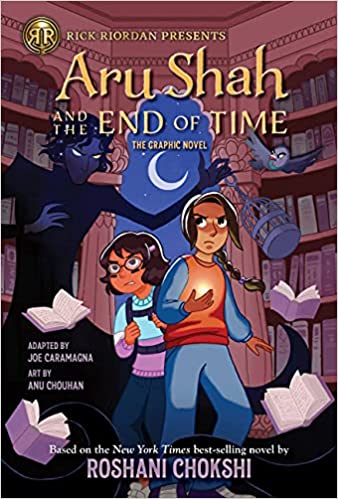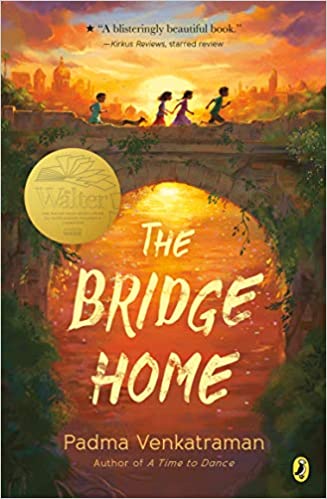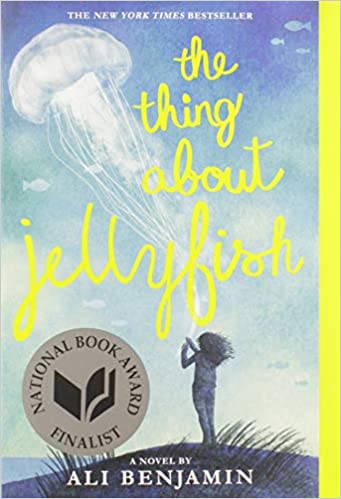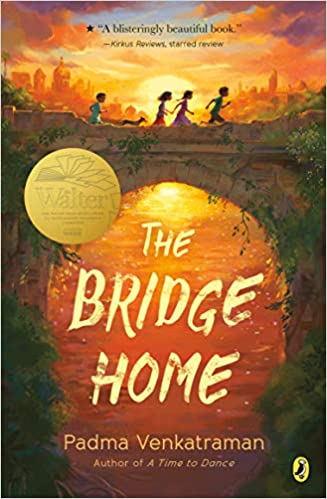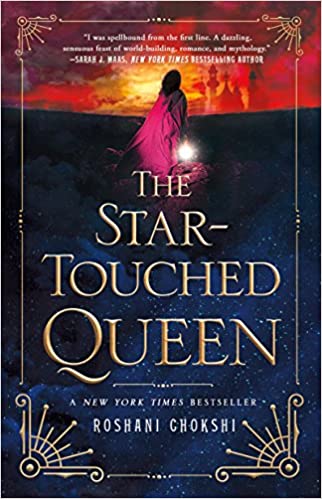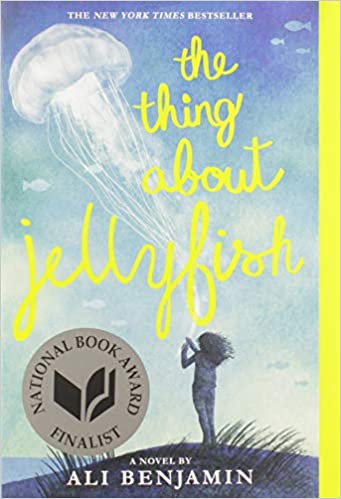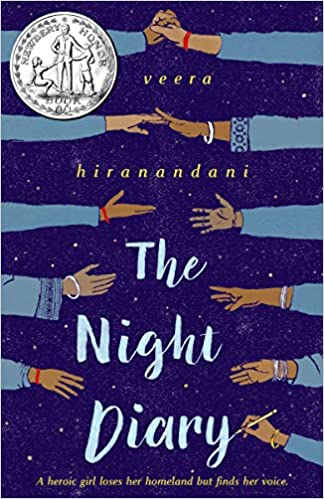Middle school is an exciting time for students as they begin to explore different subjects and discover their passions. For many students, this is also the time when they start thinking about taking advanced and honors classes. These classes offer a more challenging curriculum and can help prepare students for success in high school and beyond. But how do students get into these classes?
One of the most important factors in getting into advanced and honors classes is a student’s academic performance. Most schools require students to have a certain GPA or test scores in order to be eligible for these classes. In addition to good grades, many schools also look at a student’s behavior and attendance record. Students who have a history of being responsible and respectful in class are more likely to be considered for advanced and honors classes.
Another important factor is a student’s willingness to take on a challenge. Many schools require students to submit an application or write an essay explaining why they want to take an advanced or honors class. This is an opportunity for students to demonstrate their motivation and commitment to the subject matter. They can also show that they understand the rigor of the class and are willing to put in the work required to succeed.
Some schools also offer pre-requisite classes, which are classes that must be taken before a student can enroll in an advanced or honors class. For example, a student interested in taking an advanced math class may need to have completed a certain level of math before they can enroll. This ensures that students have a solid foundation in the subject matter before they take on the more challenging material.
It’s also important to note that not all students are interested or suitable for advanced or honors classes. Some students may prefer to focus on a specific subject area, or may not be ready for the rigor of the advanced classes. It’s important for students to talk to their teachers, school counselors, or other academic advisors to get a sense of what classes are right for them.
In conclusion, getting into advanced and honors classes in middle school is a combination of academic performance, motivation and willingness to take on challenges, and having a good foundation in the subject matter. With hard work and dedication, any student can achieve their goal of being in an advanced or honors class. It is also important for students to talk to their academic advisor to determine the right class for them, to ensure they can balance their academic and personal life.
Improve Your Child’s Reading & Writing Skills Now!
As your children continue to grow, reading and writing gets a lot harder. Your children may face difficulties with new vocabulary words, writing strategies, challenges with reading comprehension, and their over all confidence in English Language Arts.
Here at Wholesome Learning, we strive to give your child the confidence to overcome their challenges in English through developing skills around critical reading & writing.
Click Here to Schedule a Free English Evaluation for your child and enroll into our trial that’s just $19.99 for 2 weeks of confidence boosting tutoring!
Schedule your evaluation now!
